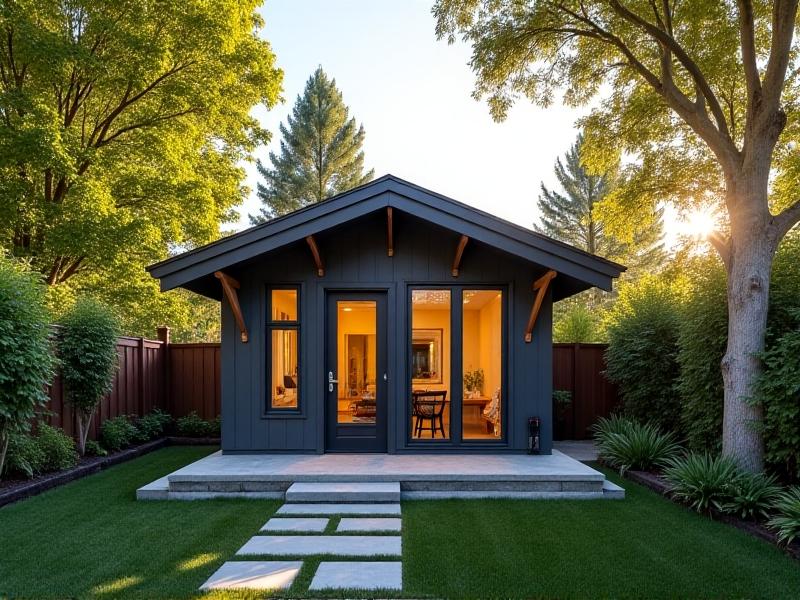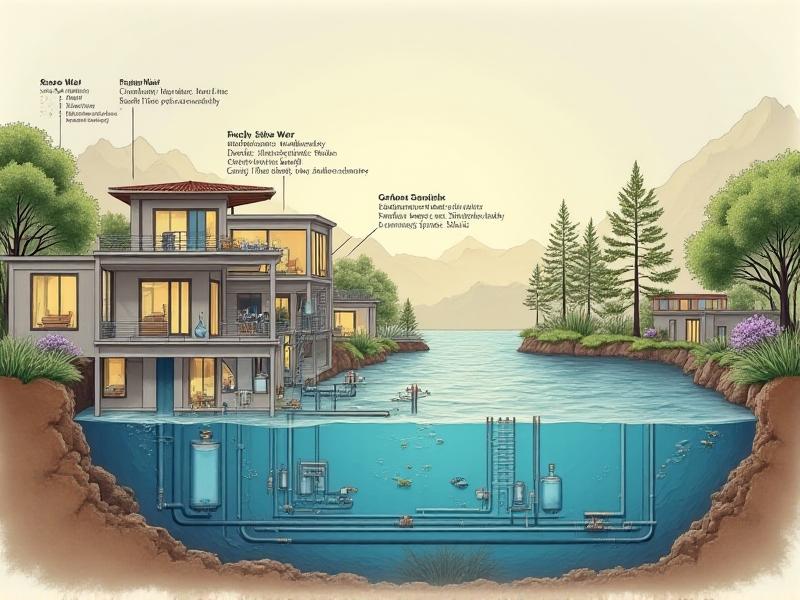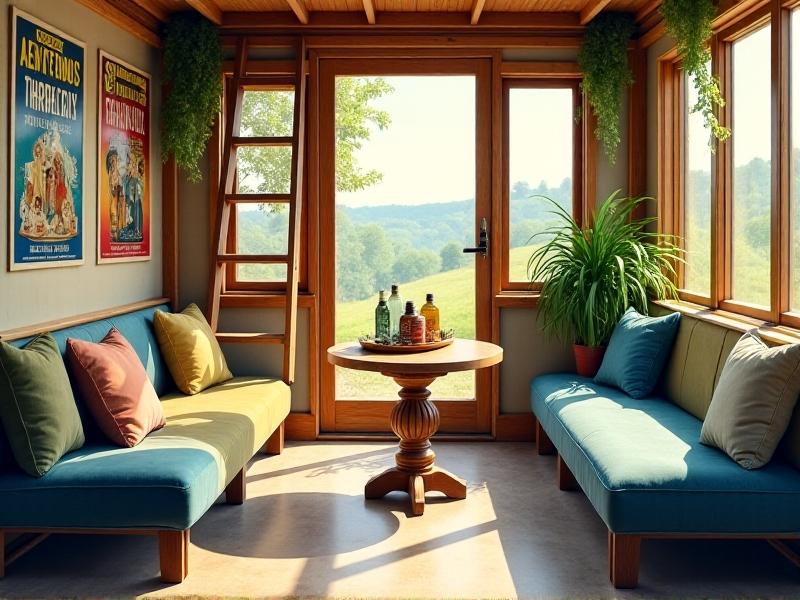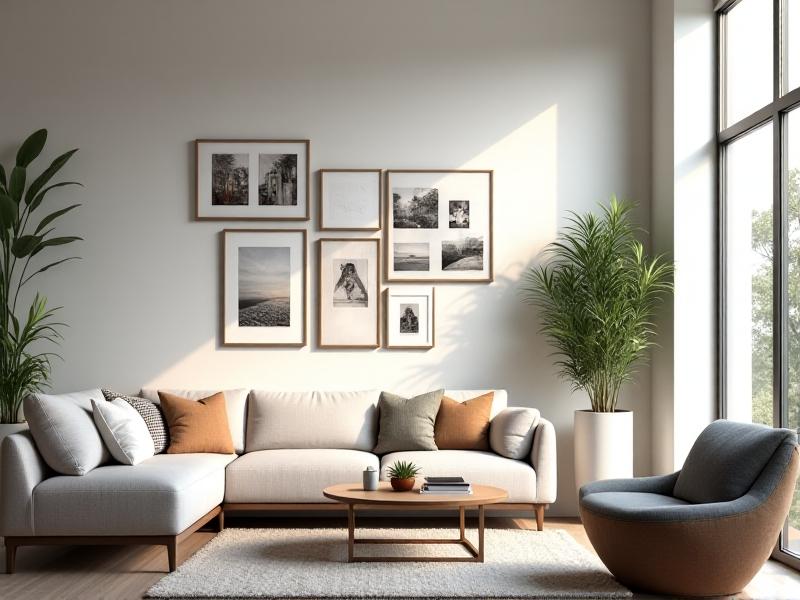Pet-Friendly Micro Living Solutions
The Rise of Pet-Friendly Micro Living: Why Smaller Spaces Are Going Furry
Urbanization and shifting lifestyle preferences have fueled the demand for compact living solutions, but a new trend is emerging: integrating pets into these tiny havens. As more people adopt pets and prioritize their well-being, micro-living designers are reimagining spaces to accommodate both humans and animals. This shift isn’t just about squeezing a pet bed into a corner—it’s about creating harmonious environments where pets thrive without sacrificing style or functionality. From vertical cat towers that double as room dividers to dog-friendly balcony enclosures, innovation is redefining what it means to live large in a small space with furry companions.
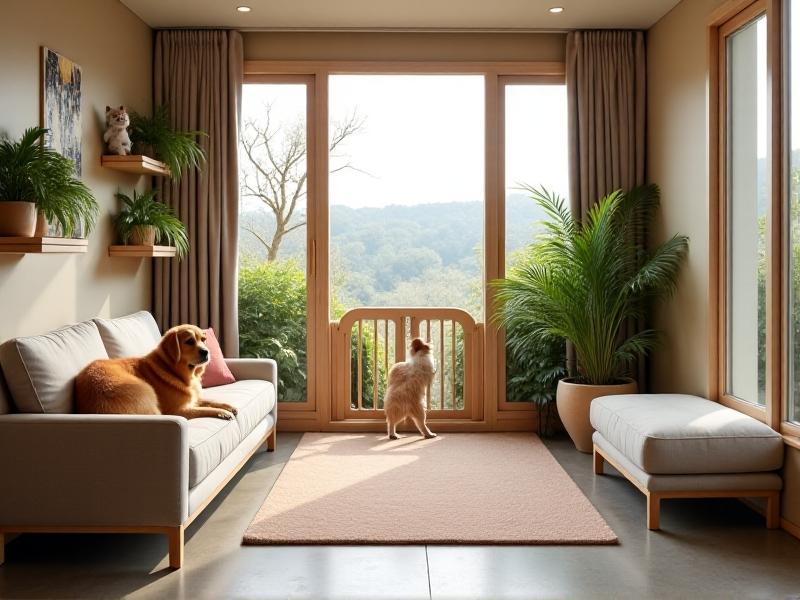
Design Principles for Pet-Centric Small Spaces
Effective pet-friendly micro design revolves around three core principles: vertical integration, multipurpose fixtures, and safety-first materials. Designers are incorporating built-in feeding stations that tuck beneath kitchen cabinets and litter box enclosures disguised as stylish ottomans. Non-toxic, scratch-resistant surfaces like bamboo plywood and recycled polypropylene are becoming staples, while rounded edges prevent accidents in tight quarters. A study by the Urban Pet Institute found that 68% of micro-living pet owners prioritize “zonal separation” – discrete areas for eating, sleeping, and play – achievable through clever layout planning rather than physical walls.
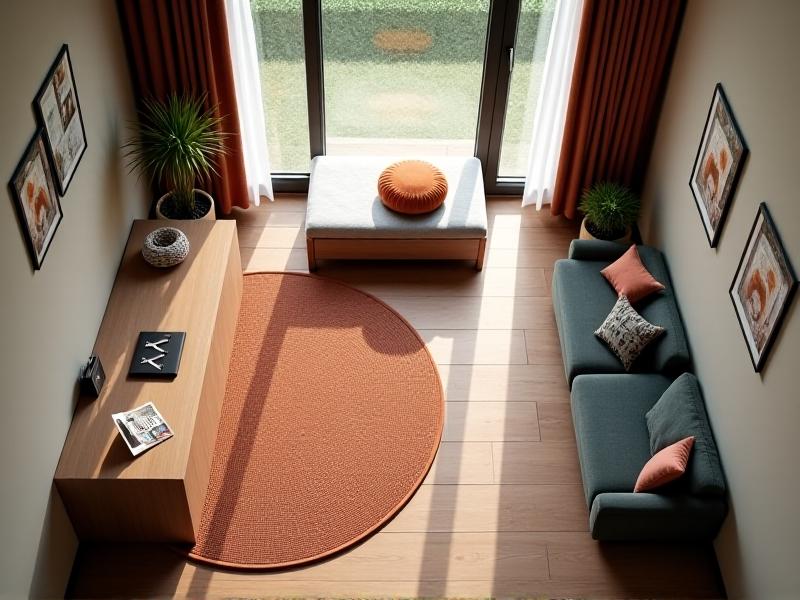
Smart Furniture for Shared Human-Pet Habitats
The furniture industry has responded to this niche with transformative pieces: coffee tables with pull-out pet beds, staircases that convert into toy storage, and modular shelving systems with integrated scratching posts. Japanese design firm Nendo recently unveiled a transformable cat habitat desk that provides hidden napping pods during work hours. For dog owners, companies like Tailored Loft offer foldable ramp systems that create safe access to elevated sleeping areas while maintaining floor space. These innovations don’t just save space—they foster interactive living where pets and owners engage with their environment in fluid, dynamic ways.
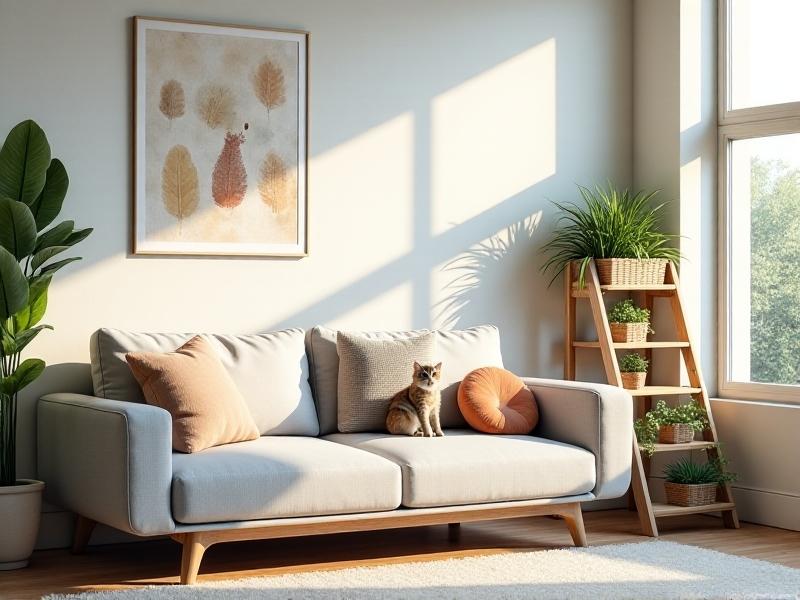
Outdoor Integration in Minimal Footprints
Even the tiniest micro-apartments are incorporating pet-specific outdoor elements. French balcony “catios” with tempered glass panels and artificial turf provide safe outdoor stimulation, while modular vertical gardens include pet-safe herbs like catnip and wheatgrass. A groundbreaking project in Seattle’s micro-housing developments features shared rooftop “pet parks” with agility equipment and communal washing stations. For ground-level units, designers are implementing paw-friendly flooring transitions using textured tiles that help clean paws naturally while entering from outdoor areas.
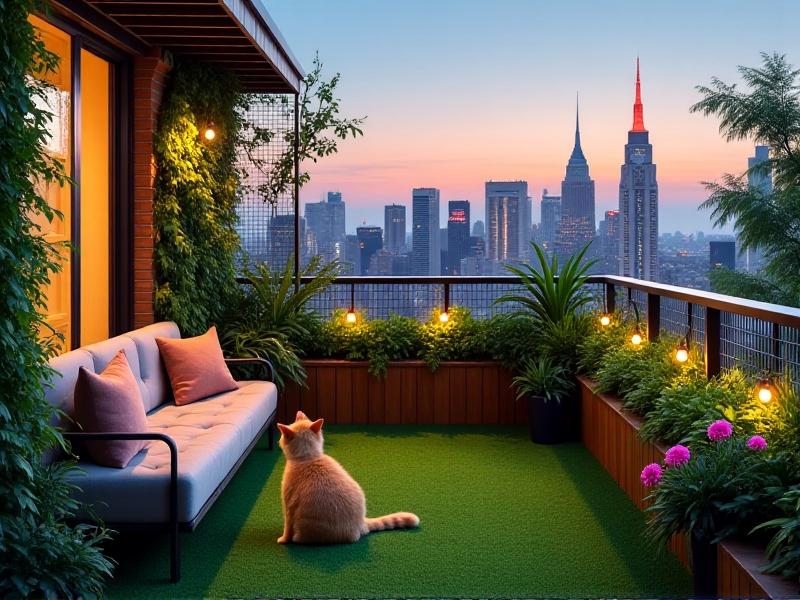
Technology’s Role in Compact Pet Care
Space-saving tech solutions are revolutionizing pet care in micro environments. The PetPals app syncs with IoT devices to control a wall-mounted automatic feeder, folding litter robot, and compact treadmill exerciser. Amazon’s latest micro-living product line includes a showerhead attachment that converts any bathroom sink into a pet washing station. Air quality systems have become essential, with Dyson’s Pet Purifier Stack combining a grooming brush attachment with HEPA filtration—all contained in a 18-inch vertical unit. These innovations prove that high-tech doesn’t require large footprints when designed with both species in mind.
Community Approaches to Shared Pet Spaces
Forward-thinking micro-communities are implementing shared pet infrastructure to enhance livability. The CoPaws complex in Austin offers on-demand access to a 24/7 indoor dog park, grooming salon, and telehealth vet pod—all within a 1,500-square-foot communal floor. Co-housing models now frequently include “pet buddy” systems for shared walking duties and toy libraries. Noise management has driven acoustic innovations like bark-dampening wall panels and ultrasonic training devices integrated into smart home systems, maintaining neighborly harmony in tight quarters.
Addressing Challenges: Odor, Noise, and Space Dynamics
Advanced material science is tackling micro-living’s unique pet challenges. Photocatalytic paints that break down organic odors are now standard in luxury micro-developments. Floors with micro-groove patterns trap hair for easier cleaning while providing traction. Japanese manufacturer Lixil debuted a combination litter box/shower stall that sanitizes via UV light during human bathing routines. Behavioral adaptation is equally crucial—trainers specializing in small-space living emphasize “place training” techniques that help pets respect activity zones, reducing stress in confined environments.
Case Studies: Successful Pet-Friendly Micro Homes
The Tokyo Cat Cabin demonstrates radical efficiency: 220 square feet housing two humans and three cats through triple-level platforms connected by ramps. Its patented WindowHaven system turns each window into a climate-controlled cat perch. In New York, the Studio Mutt project incorporated a rescue dog into its redesign by creating a convertible workspace—a desk that lowers to become a ground-level bed with hidden partition walls. Post-occupancy surveys show 89% of residents report improved pet bonding in these intentionally designed spaces compared to conventional apartments.
The Future of Interspecies Micro Living
Emerging concepts point to even deeper integration of pet needs into micro-space design. AR apps that project stimulating environments for pets during owner absences are in beta testing. Biophilic design is evolving to include pet-height greenery and interactive water features. 3D-printed modular habitats allow residents to customize layouts as pets age or family dynamics change. With 72% of millennials prioritizing pet-friendly features in micro-housing (Urban Land Institute, 2023), the sector is poised to keep innovating at the intersection of compact living and animal companionship.
